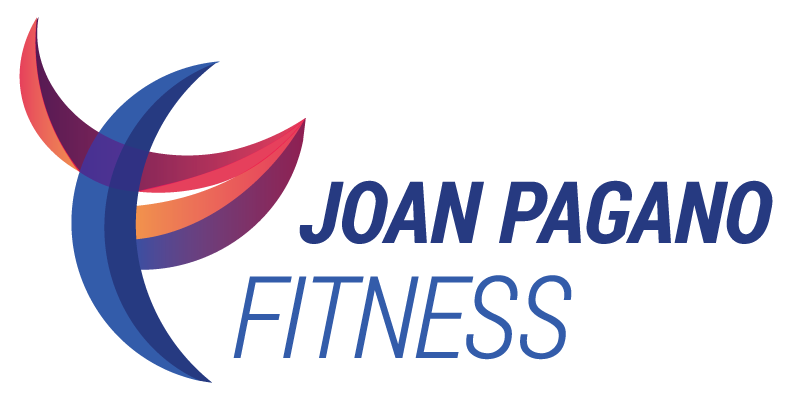Everyday Aches and Pains are Cramping My Style
"At the end of last year, my body was falling apart and could no longer do what I wanted it to do. I had lost control over my body and pain was dictating what I was able to do."
Don't assume that muscle aches, painful joints or nagging discomfort in any part of your body is a natural part of aging. Guided instruction in exercise can help ease the pain and maintain the vulnerable area by correcting the muscular balance.
As we get older, tendons, muscles, joints and reaction times change. You may be dealing with a chronic degenerative condition, like arthritis, that causes pain and stiffness in the joints. Or perhaps in recovering from breast surgery you are experiencing tightness and restricted mobility in your arm and shoulder area. We don't bounce back from injuries as quickly, and you may be in rehabilitation following a knee, low back or shoulder problem.
Moving Through the Pain
Although the natural tendency is to minimize movement to avoid pain, the lack of activity can lead to more pain and create a downward spiral, limiting your quality of life. Appropriate exercise will actually diminish the discomfort, increase mobility and strengthen the muscles that support the joints.
For instance, Elizabeth shared her story with me:
“A year ago I was in physical therapy for my knee injury. Getting therapy helped me strengthen the weak areas in my legs and proved to me that it wasn’t just ‘old age.’ I thought that the popping of my knee cap when I was gardening was a fact I’d just have to live with. I decided I needed to be stronger and have more stamina.”
And another example: Lucy's hips were causing such excruciating pain that she couldn't sleep at night. She found she was limiting her activities, including her cherished yoga routine, based on painful restriction. She began doing core training exercises every day and after two months her body responded and she felt back in shape.
“Core training has shifted the way my muscles work and relieved the pain that I was feeling in my hips. Straight arm and forearm planks helped strengthen my wrists and shoulders so that I could resume doing standing inverted yoga postures that had become too difficult. I feel better, tighter and stronger, and once again have a body I can rely on.”
Core training focuses on developing and balancing the muscles in the anatomical center of the body, the core, which generates strength and mobility for the whole body. It is an integrated approach to working the muscles of the torso and pelvis and training them to function as a unit, instead of in isolation. Strengthening this region can improve your balance and posture, prevent injury and reduce pain.
Sore Spots
Over time, certain areas of the body are more susceptible to injury from normal wear and tear and repetitive movements. The prevalence of knee pain and knee replacement surgeries has surged in the past 20 years in the U.S. One common cause of knee pain is osteoarthritis (OA), which is more common in women than in men after the age of 45.
Other sore spots include:
- Achilles tendonitis and plantar fasciitis are common foot injuries, resulting from a variety of causes such as running, wearing thin-soled dress shoes and lack of stretching.
- Rotator cuff strains and tears can occur from day-to day-activities as well as from improper weight training techniques.
- Shoulder impingement commonly results from overuse, as in avid golf and tennis players.
If you are a hard-core sports enthusiast or exerciser, be careful of continuing to work out through soreness and pain. As we get older minor muscle tears can turn into major injuries.
If you are in pain, consult with a health care professional like an orthopedist, chiropractor or physical therapist to get an accurate diagnosis of the cause. Follow their advice regarding appropriate exercise. With their expert guidance, find a certified personal trainer who can guide you into a fitness program.

